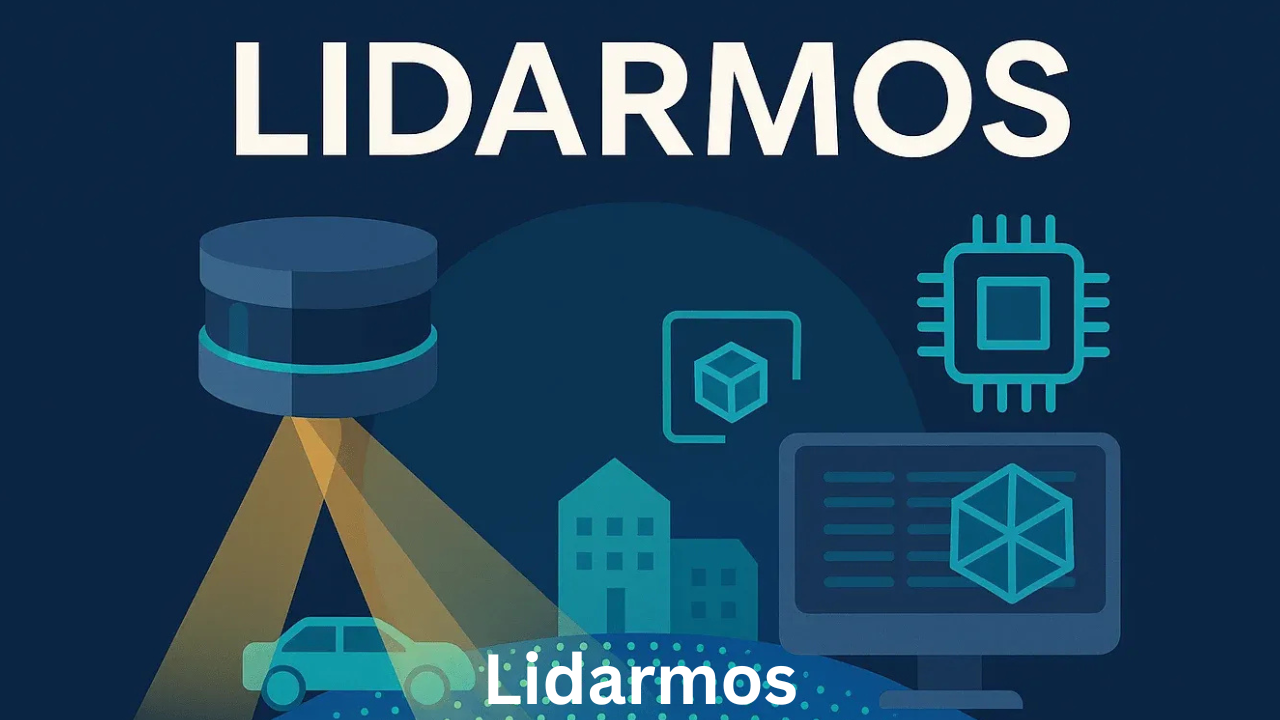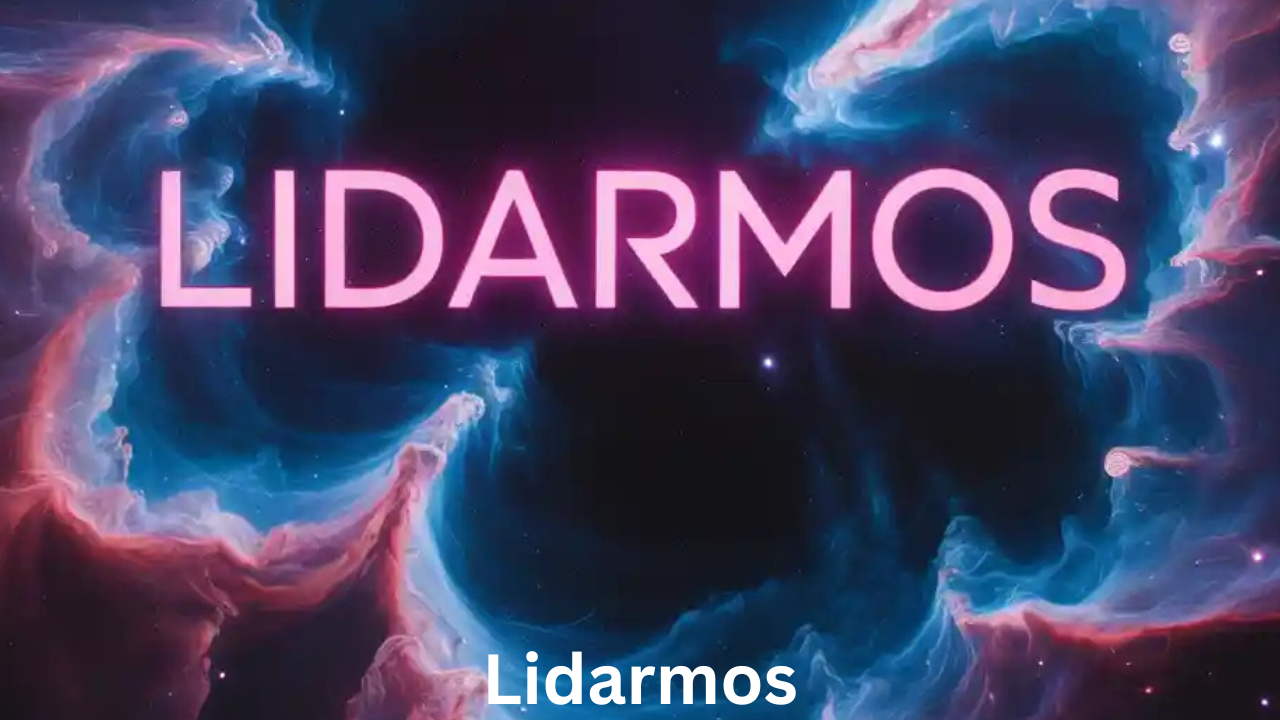Introduction
The term lidarmos may not be a household name, but it represents a growing concept that sparks curiosity in different fields of knowledge. Many people come across it when searching for new technology, innovation, or modern solutions. Choosing between an lidarmos and other emerging tools can be confusing, but this detailed comparison highlights what makes it unique, why it matters, and how it is shaping conversations in multiple areas.
What is Lidarmos?
At its core, lidarmos is more than just a word; it represents an idea connected to advancement, precision, and discovery. In certain contexts, lidarmos is tied to modern approaches in mapping, sensing, or digital understanding. It is also used as a point of discussion for how new concepts influence industries that rely on data and interpretation.
When choosing between an lidarmos and other systems, the difference often lies in how effectively it connects accuracy with usability.
The Significance of Lidarmos
The importance of lidarmos lies in its ability to offer detailed insights where traditional tools fall short. Professionals and enthusiasts turn to it because it can capture depth, clarity, and perspective that enrich understanding.
This detailed comparison highlights why choosing between an lidarmos and less sophisticated systems can influence the outcomes of projects, decisions, and strategies.
How Lidarmos Works in Practice
Explaining lidarmos in practice requires focusing on its methods and applications. It involves processes where precision, speed, and clarity come together to form a complete solution. Users rely on it because it delivers results that improve both research and real-world tasks.
When professionals weigh their options, choosing between an lidarmos and older models of technology often reveals how the newer approach offers stronger reliability and better outcomes.

Applications of Lidarmos
The applications of lidarmos are wide-ranging. It can be found in industries like research, development, construction, navigation, and even entertainment. In each case, lidarmos supports processes that demand detail and trustworthiness.
For example:
- In infrastructure planning, lidarmos ensures accurate measurements.
- In navigation, lidarmos supports clear direction.
- In creative industries, lidarmos helps shape immersive experiences.
This diversity shows why choosing between an lidarmos and a less adaptable tool can determine success.
Advantages of Lidarmos
There are many benefits of using lidarmos, making it stand out from alternatives:
- Accuracy – Lidarmos provides fine detail and precision.
- Efficiency – Results arrive quickly without reducing quality.
- Adaptability – It can fit into multiple industries and tasks.
- Reliability – Users trust lidarmos because it delivers consistent outcomes.
This detailed comparison highlights why people increasingly choose lidarmos over other systems that cannot provide the same level of performance.
Challenges of Lidarmos
Like every concept, lidarmos also comes with challenges. Some of the common issues include cost, complexity, and the need for expertise. Despite these, its strengths often outweigh the difficulties.
Choosing between an lidarmos with its challenges and an outdated alternative usually shows that the advantages make it worth the effort.
Lidarmos vs. Traditional Methods
When comparing lidarmos to traditional methods, the differences are clear. Traditional approaches may rely on estimates or incomplete data, while lidarmos focuses on precise, thorough output.
This detailed comparison highlights how choosing between an lidarmos and older systems is not just a matter of preference—it’s about accuracy, growth, and progress.
Lidarmos in Innovation
Innovation is about pushing limits, and lidarmos plays a key role in this area. Whether in science, design, or everyday use, it supports new discoveries by enabling a better understanding of details.
When organizations consider innovation strategies, choosing between an lidarmos approach and a conventional one often determines how groundbreaking the results will be.
Lidarmos and Future Potential
The future of lidarmos looks promising. Experts see it becoming more accessible, efficient, and integrated into everyday tools. This growth means more industries and individuals will have access to its advantages.
Choosing between an lidarmos and alternatives in the future will likely become easier, as advancements make it even more appealing and user-friendly.
Cultural and Social Influence of Lidarmos
Beyond its technical uses, lidarmos also influences how people think about precision and technology. It symbolizes a move toward embracing tools that give us better insight into the world. In cultural discussions, lidarmos often represents innovation and curiosity.
This shows why comparisons between an lidarmos and other ideas highlight not only practical benefits but also symbolic meaning.
Lidarmos in Everyday Life
While some people associate lidarmos with professional work, its influence can also touch daily life. Navigation apps, entertainment platforms, and even health technologies are seeing changes thanks to ideas connected to lidarmos.
Choosing between an lidarmos-driven system and one without it can directly affect convenience, safety, and satisfaction.
Lessons from Lidarmos
The story of lidarmos teaches important lessons:
- Accuracy matters.
- Innovation creates opportunities.
- Reinvention leads to progress.
These lessons highlight why lidarmos stands out as more than a tool—it becomes a mindset about growth.

Conclusion
The journey of lidarmos is one of growth, adaptation, and influence. From its early uses to its expanding presence in multiple industries, it shows how innovation can reshape both work and everyday life.
This detailed comparison highlights why choosing between an lidarmos and outdated systems is more than just a technical choice—it’s a choice about vision, progress, and possibility.
Ultimately, lidarmos represents a bridge between present needs and future opportunities. Its importance will continue to grow as more people realize the value it brings.
FAs about Lidarmos
1. What does lidarmos mean?
Lidarmos is a concept that represents precision, accuracy, and innovation. It is often linked with modern approaches in technology, mapping, and research.
2. Why is lidarmos important?
Lidarmos is important because it allows industries and individuals to achieve greater detail, reliability, and efficiency compared to older methods.
3. How is lidarmos different from traditional systems?
Traditional systems may rely on estimates or incomplete data, while lidarmos focuses on delivering precise, detailed, and accurate results.
4. In which industries is lidarmos most useful?
Lidarmos is useful in many industries, including navigation, infrastructure planning, research, construction, and entertainment.
5. What are the advantages of lidarmos?
The main advantages of lidarmos are accuracy, adaptability, reliability, and efficiency.
Keep an eye for more news & updates on Celebo!




